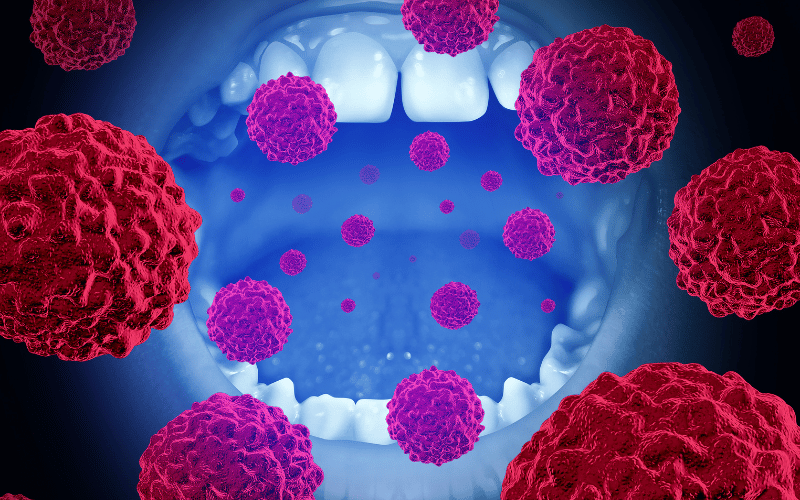Introduction: The Silent Yet Spreading Threat of Oral Cancer
The word ‘cancer’ often evokes a sense of fear and apprehension. However, when it comes to oral cancer, commonly known as mouth cancer, many remain blissfully unaware of its prevalence, consequences, and warning signs. While not as frequently discussed as breast or lung cancer, oral cancer represents a significant portion of global cancer statistics and presents a very tangible threat.

Oral cancer is, in essence, a subgroup of head and neck cancers, predominantly originating in the mouth or throat. These cancers can manifest anywhere within the oral cavity, which includes the lips, tongue, cheeks, and even the floor or roof of the mouth. The alarming fact remains that many people inadvertently ignore or misinterpret its early signs, attributing them to less severe conditions like a toothache or ulcers. Such misconceptions and the consequent delay in diagnosis are what amplify the severity of this disease.
A well-informed approach is our best bet against oral cancer. Being equipped with knowledge about its causes, symptoms, and preventive measures can be a game-changer in our fight against this disease. With that perspective, we present a deep dive into 15 indispensable facts about oral cancer, aiming to enlighten, educate, and empower individuals.
Fact 1: Definition and Primary Affected Areas

Oral cancer is a term that often seems distant to many, yet its implications are profound. At its core, oral cancer is a malignancy that initiates predominantly in the mouth or throat regions. One could liken the mouth to a vast arena, with several susceptible zones. This includes the lips, inner cheeks, gums, tongue, and the floor and roof of the mouth. Even the back of the throat, known as the oropharynx, isn’t exempt.
But why is it essential to understand these specific areas? Well, discerning the exact location and the area affected can significantly influence the treatment approach and prognosis. Recognizing an anomaly in its early stage often requires an intimate understanding of this terrain. Regular dental check-ups, in this light, aren’t just for cavity prevention; they can be life-saving.
Moreover, each of these areas possesses its own unique cellular structure. This cellular variance means that malignancies can manifest differently, further emphasizing the need for specialized care. It isn’t just a blanket “mouth cancer.” Each region requires a tailor-made approach, both in diagnosis and treatment.
Furthermore, the extensive interconnectivity within the oral cavity means symptoms might not be restricted to the primary affected area. A malignancy on the tongue could cause discomfort or pain in seemingly unrelated areas. This interconnectedness also accentuates the risk of rapid malignancy spread, making timely intervention all the more crucial.
The intricate nature of the oral cavity, coupled with the various regions it comprises, underscores the critical importance of regular screenings, timely diagnosis, and individualized care. It’s not just about recognizing cancer but understanding its intricate dance across the vast stage that is our mouth. (1)